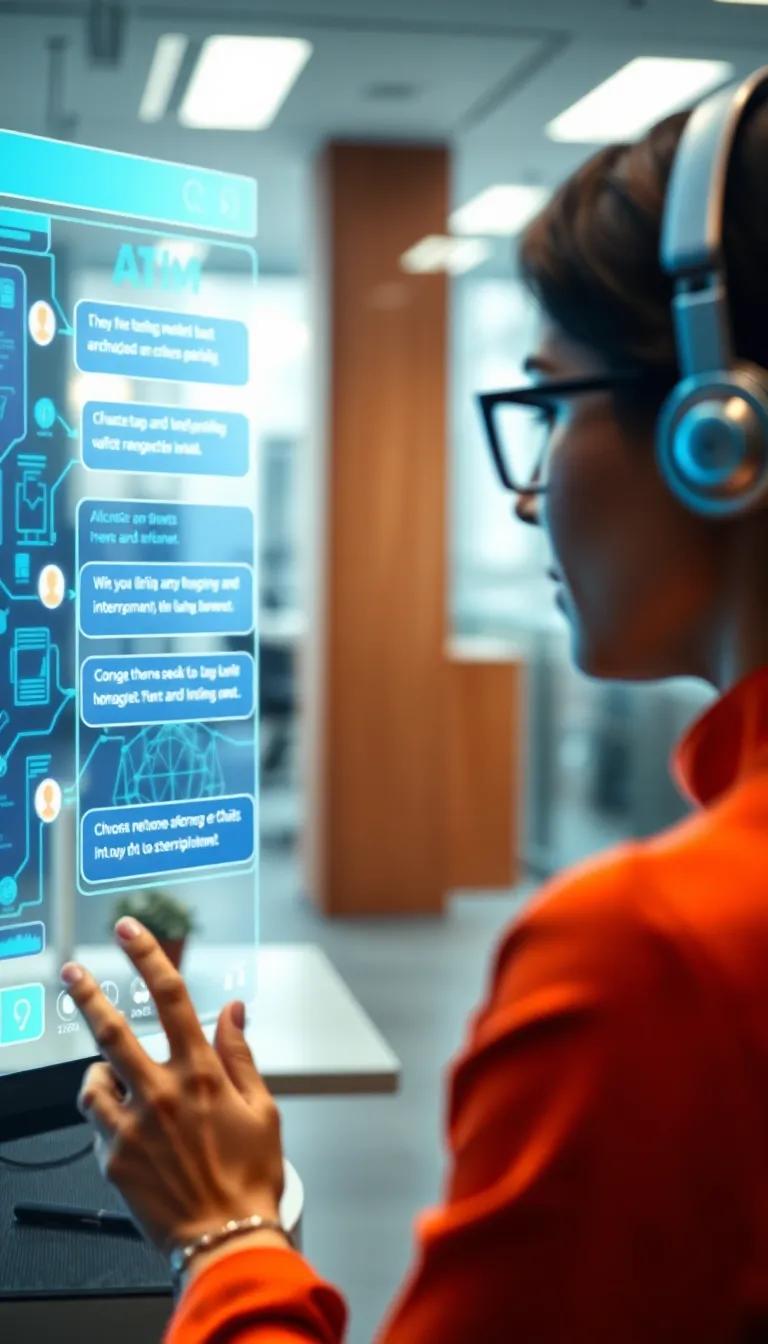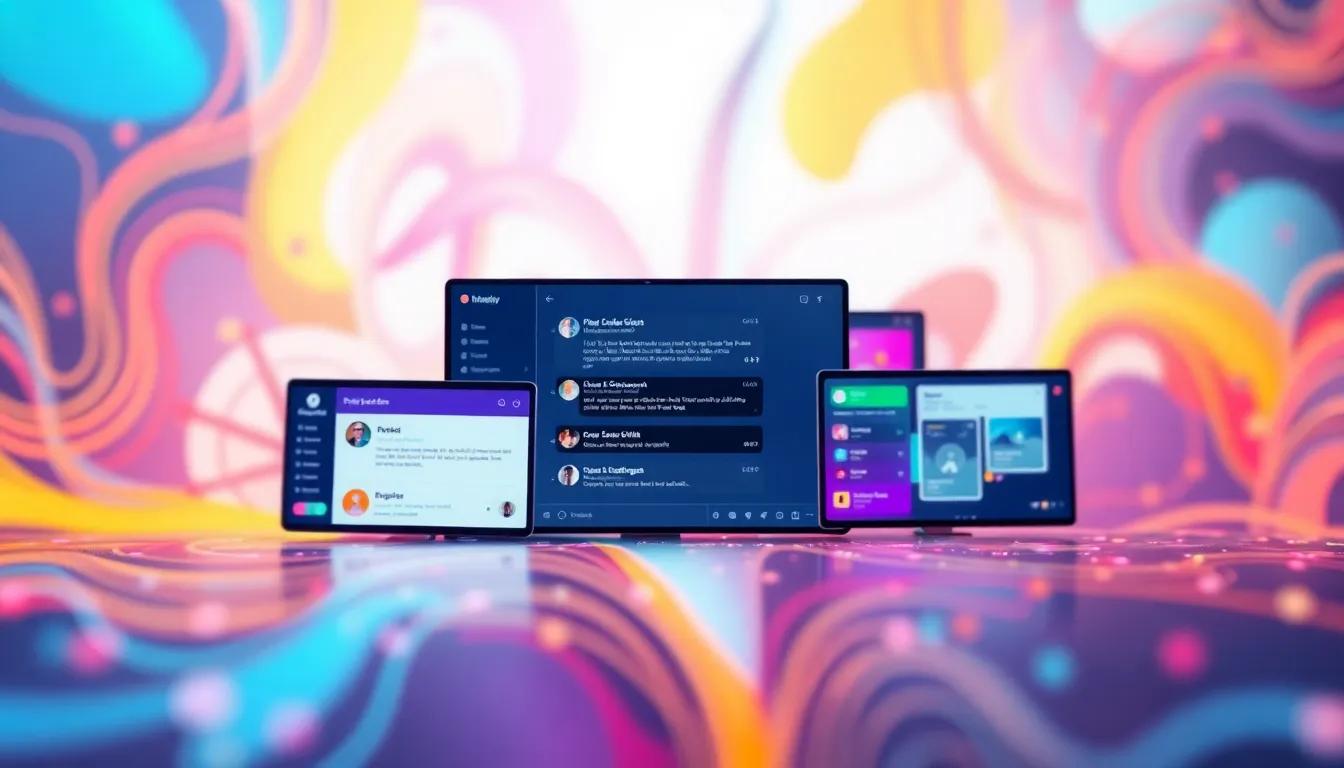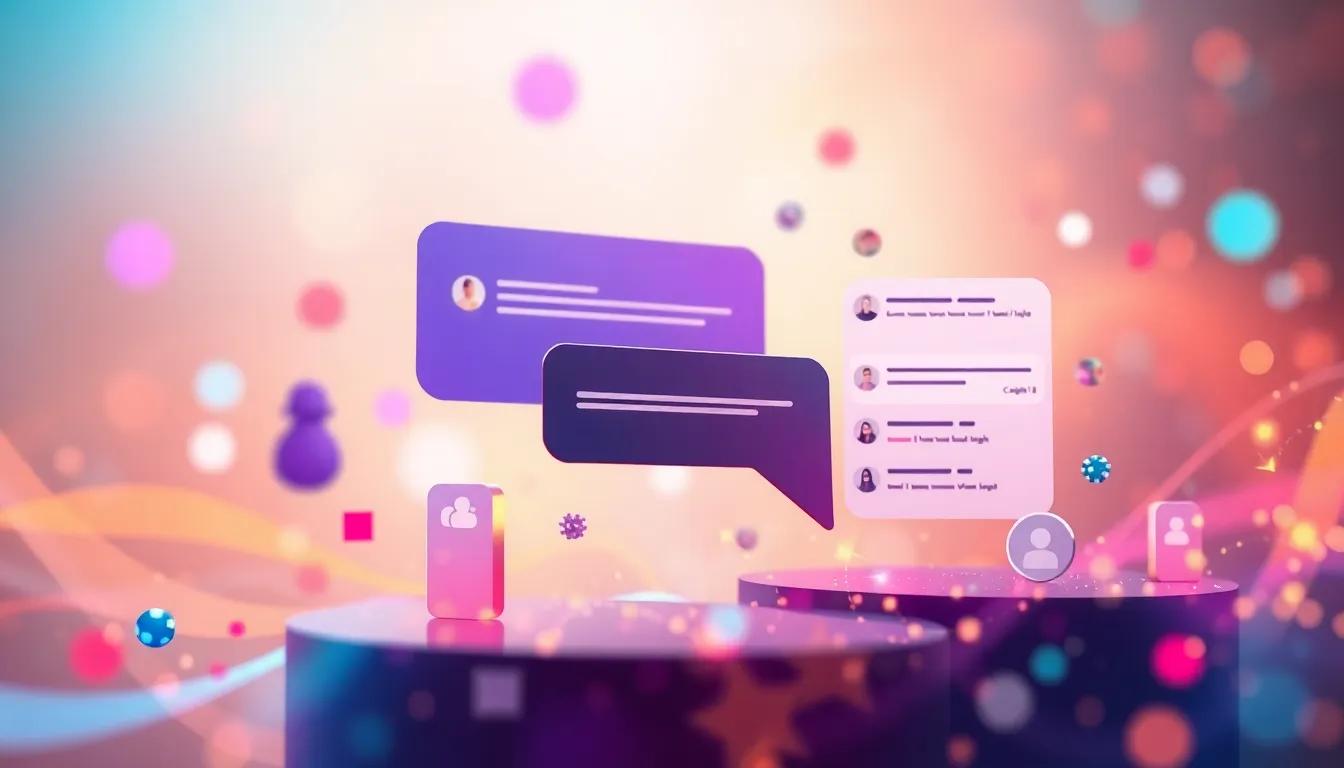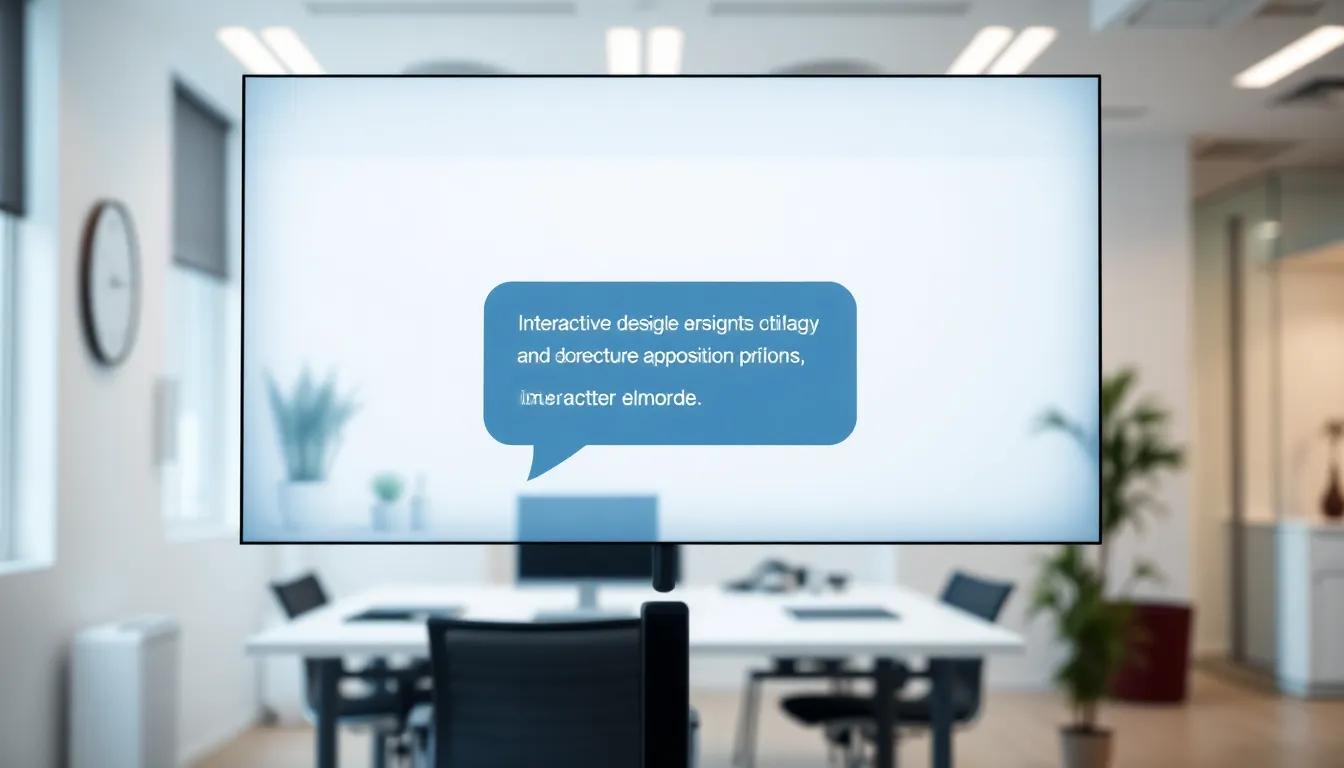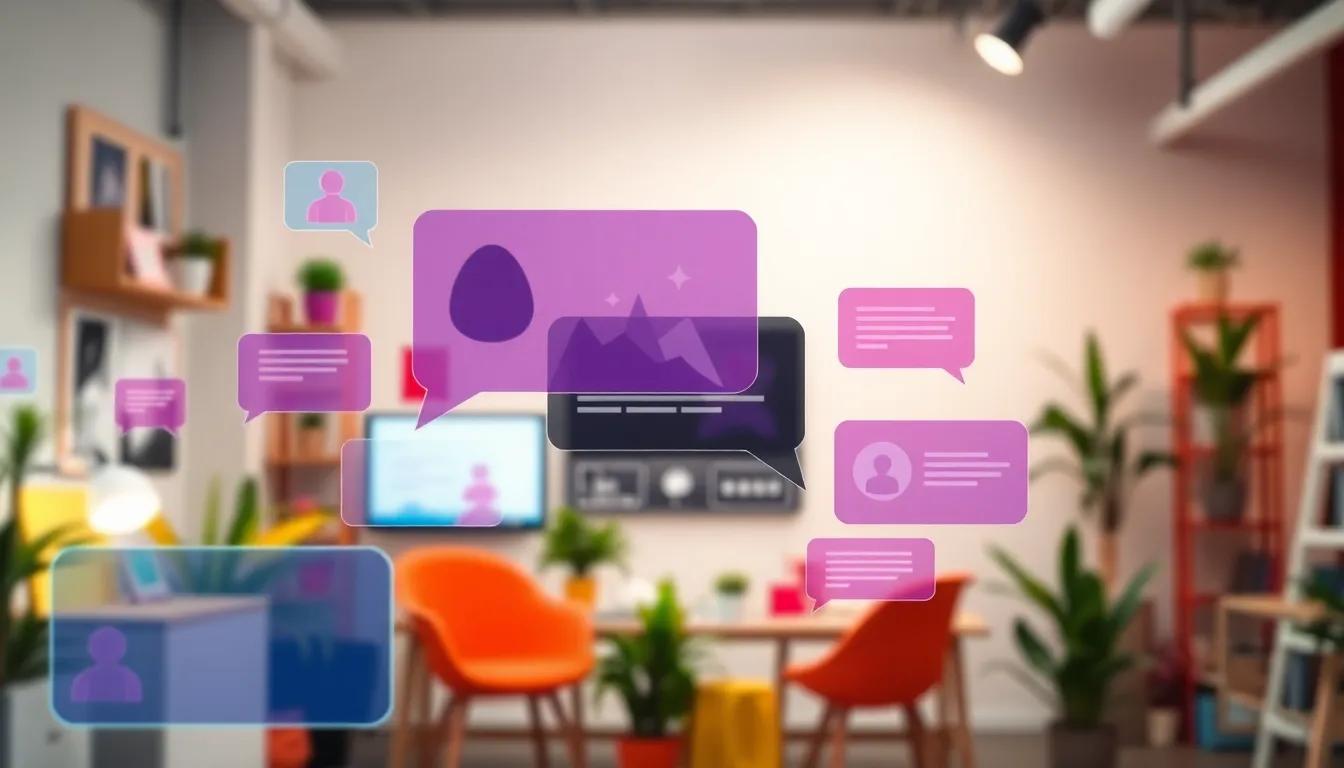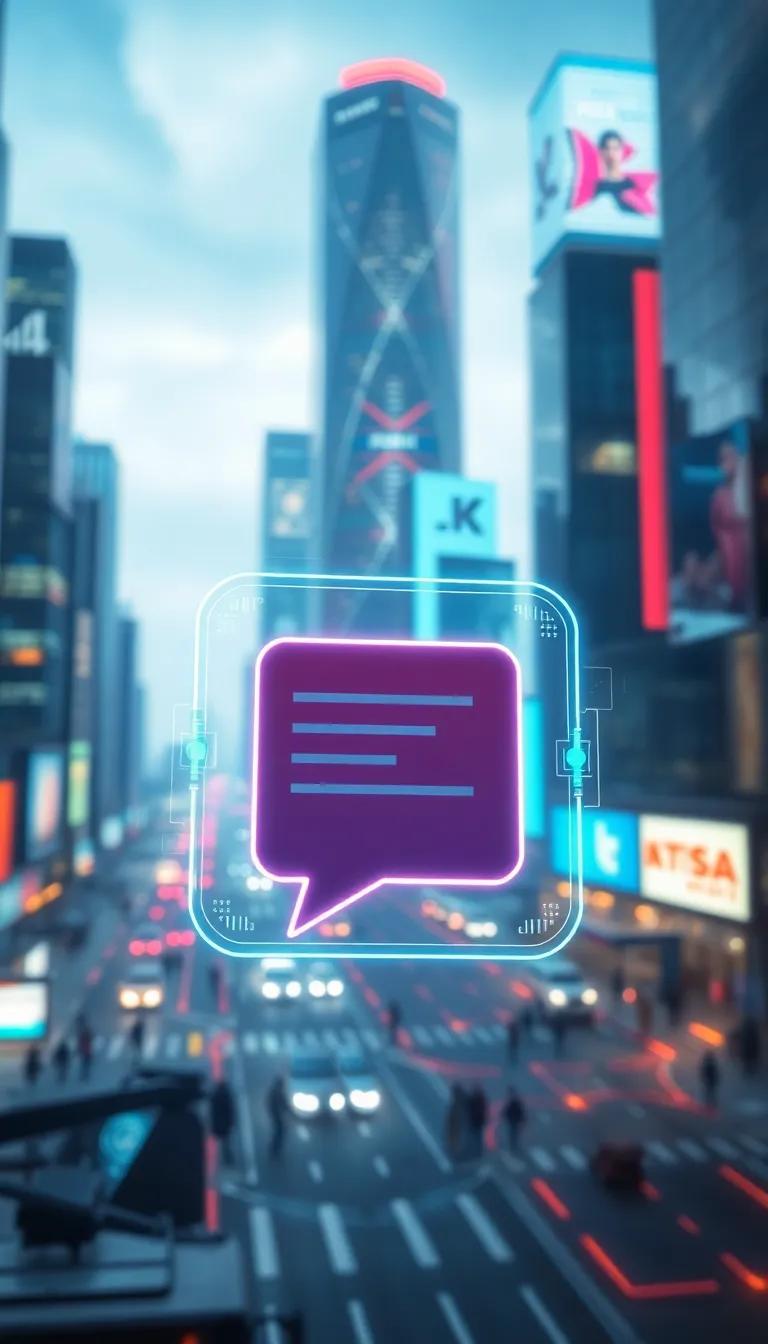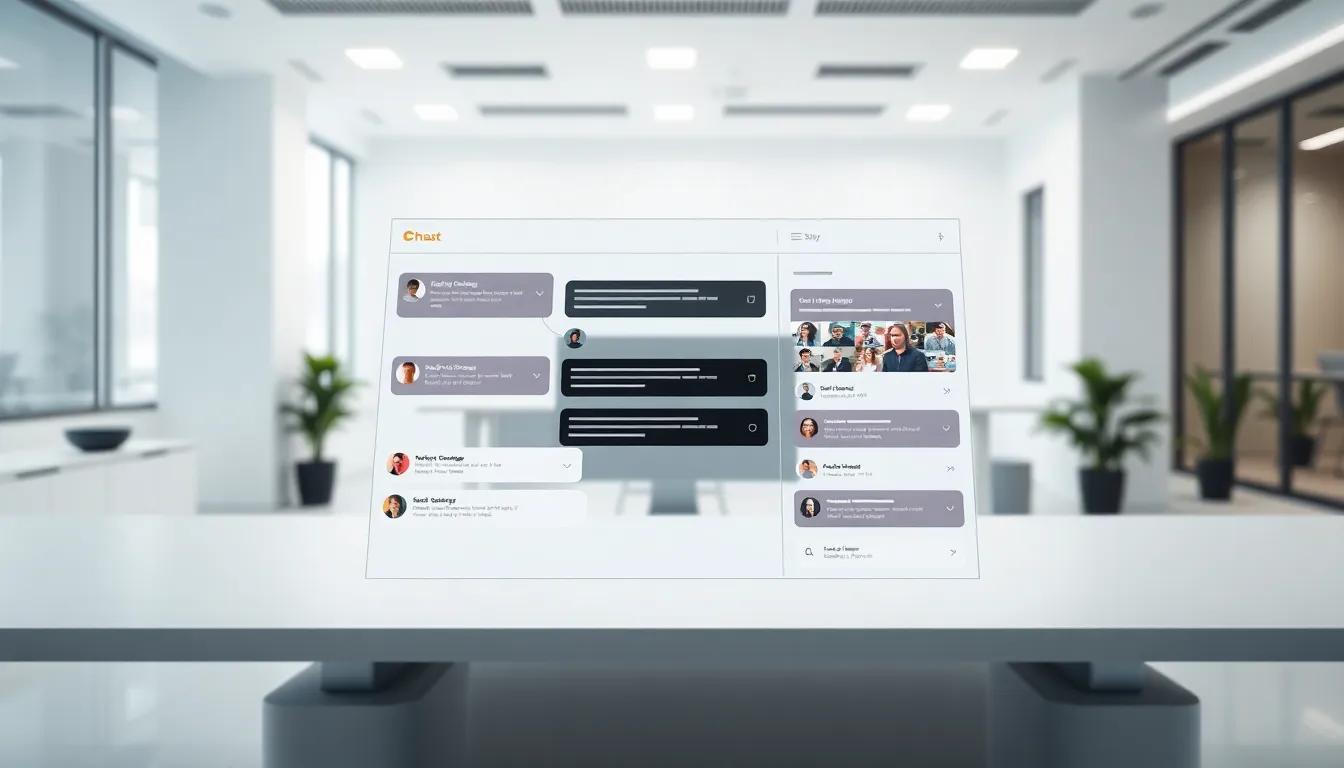Introduction
In today’s digital landscape, engaging customers effectively has become paramount for businesses aiming to enhance user experience. Chat widgets have emerged as vital tools, offering real-time communication that caters to consumer preferences. As technology advances, the landscape of chat widgets is constantly evolving, introducing novel features and trends that redefine how companies connect with their audience. These innovations not only improve customer satisfaction but also significantly boost conversion rates.
This article explore into the latest chat widget trends, exploring how businesses can implement these advancements to create seamless website chat experiences. From AI-driven responses to personalized chat interfaces, we will cover the essential features and functionality that drive modern chat solutions. Join us as we explore how these trends can transform online interactions, enabling businesses to foster deeper customer relationships and streamline support.
The Evolution of Chat Widgets From Basic Live Chat Systems to Modern AIPowered Solutions
The journey of chat widgets is a compelling narrative that showcases technological advancements and evolving user expectations. Initially, chat widgets emerged in the late 1990s and early 2000s as simple tools designed to facilitate real-time communication between website visitors and customer service representatives. These basic live chat systems primarily offered text-based functionalities with limited features, including automated responses and rudimentary session management. Their primary aim was to enhance customer support, allowing businesses to react to inquiries swiftly.
As technology progressed, chat widgets began to develop more sophisticated features. The introduction of features like canned responses, chat transcripts, and integration with customer relationship management (CRM) systems enhanced the functionalities. Companies started to recognize the value of real-time customer engagement, leading to a surge in the adoption of live chat capabilities. This period marked a significant shift in how brands interacted with their customers, as chat widgets became an essential part of e-commerce strategies.
The mid-2010s brought about a revolutionary transformation in chat technology with the introduction of artificial intelligence and machine learning. Traditional chat systems evolved into AI-powered chatbots capable of learning from interactions. These advancements enabled chat widgets to provide personalized responses and predictive functionalities based on user behavior. The incorporation of natural language processing (NLP) allowed chatbots to understand and process user inquiries more effectively, creating a more engaging and intuitive experience for users.
As businesses sought to enhance customer experiences further, features such as proactive chat invitations and multi-channel integration became prevalent. Chat widgets began to operate across various platforms, allowing seamless transitions between websites, social media, and messaging apps. This integration led to increased customer satisfaction and retention, as users could engage with brands in their preferred environments.
Chat widgets continue to refine their capabilities, incorporating advanced technologies like sentiment analysis and contextual understanding. These systems not only respond to queries but also anticipate customer needs, reshaping the landscape of digital communication. The evolution of chat widgets is a testament to the ongoing commitment to enhancing website interactions and the ever-changing demands of consumers.
AI and Chat Widgets The Impact of Artificial Intelligence on Chat Interactions
Understanding AI-Powered Chatbots
Artificial intelligence is at the forefront of transforming chat widgets, shifting the focus from simple scripted responses to dynamic, learning-driven interactions. Modern chatbots utilize machine learning algorithms to analyze vast amounts of data from prior conversations, enabling them to understand context and nuance in user inquiries. This capability allows for conversations that feel more human-like, providing users with an experience that is not only responsive but also more intuitive.
One of the remarkable features of AI-powered chatbots is their ability to evolve. Through ongoing interactions, these chatbots learn user preferences and behavioral patterns, enabling them to tailor responses more effectively. For instance, if a user frequently asks about specific products, the system can retain that information and proactively suggest related items in future interactions. This not only enhances customer satisfaction but also boosts engagement by making the chat widget feel more personalized.
Enhancing User Engagement through Learning
The role of AI in chat widgets extends to improving the overall user experience by reducing response times and increasing solution accuracy. By integrating natural language processing (NLP), chatbots can grasp common phrases and queries, which helps in deciphering user intentions without requiring excessive input from them. This proactive engagement helps in addressing customer needs quickly, thereby fostering a sense of efficiency and trust in the brand.
AI-driven chat widgets can be programmed to recognize emotional cues within text, enabling them to adjust their tone accordingly. For example, a user expressing frustration would elicit a more empathetic response compared to a casual inquiry. This sensitivity contributes greatly to creating an atmosphere of understanding and support, which is essential in maintaining positive brand loyalty.
The implications of integrating AI in chat widgets extend beyond customer service; they also generate valuable insights for businesses. Analyzing conversation patterns enables companies to identify common issues and product feedback, aiding in strategic decision-making and enhancing service offerings. In this way, AI-infused chat widgets not only redefine user interactions but also directly impact business growth and innovation.
Personalization in Chat Experiences The New Frontier of Website Interaction
Understanding the Significance of Personalization
The trend toward personalization in chat experiences is reshaping how businesses interact with their website visitors. As customers increasingly expect tailored interactions that reflect their preferences and behaviors, chat widgets have become crucial tools for delivering such experiences. Personalization not only enhances user satisfaction but also drives engagement and conversions, making it a vital component of modern website strategy.
Methods for Tailoring Chat Interactions
To effectively personalize chat interactions, several innovative methods are prevalent. First and foremost, utilizing user data plays a central role. By analyzing both historical behavior and real-time activity, businesses can tailor chat experiences to the individual. For instance:
- Identifying returning visitors allows chat widgets to greet users by name or reference past interactions, creating a more welcoming atmosphere.
- Tracking browsing behavior enables chatbots to offer relevant product recommendations and assistance precisely when users are considering their options.
Another important technique is implementing machine learning algorithms that learn from customer interactions over time. These algorithms can refine responses based on feedback and trends, ensuring that the chat experience continuously evolves to meet user needs. Moreover, segmenting visitors based on demographics and preferences allows for more targeted messaging. For example:
- A fashion retail site might customize chat dialogues to appeal differently to male and female shoppers, offering tailored promotions.
- Services aimed at specific industries can present relevant content based on the user’s profile, enhancing the relevance of the conversation.
Chat widgets can also leverage dynamic content to adapt messages based on user input. By employing natural language processing, chatbots can discern user intent more effectively, allowing for seamless conversation flows that appear personalized. Furthermore, integrating real-time feedback loops—such as post-chat surveys—enables ongoing adjustments to improve future interactions.
As personalization becomes more refined, it is paramount for businesses to recognize the balance between automated responses and genuine human interaction. While advanced chat technology enhances user experiences, the incorporation of human oversight is essential in maintaining empathy and understanding within communications. The ultimate goal remains to create a chat experience that resonates with users on a personal level, fundamentally enriching their journey on the website.
Omnichannel Communication Integrating Chat Widgets Across Multiple Platforms for Seamless User Interactions
Enhancing User Engagement Across Channels
In the fast-paced world of digital communication, an emerging trend gaining momentum is the integration of chat widgets across multiple platforms, affectionately known as omnichannel communication. This approach not only enriches the chat experience but also allows businesses to establish a cohesive dialogue with their customers, regardless of where the interaction begins or continues. By seamlessly connecting chat widgets to various social media platforms, email, SMS, and even live voice interactions, organizations can create fluid communication pathways that cater to user preferences.
Users today expect interactions that flow smoothly between their favorite digital environments—a notion supported by research indicating that customers are more likely to make purchases from brands that provide a consistent experience across all touchpoints. Therefore, integrating chat widgets enables users to switch from one medium to another without losing context or continuity in the conversation. For example, a user might initiate a chat on a brand’s website, shift to messaging via Facebook, and conclude with an email update, all while receiving tailored, real-time assistance.
Leveraging data from various channels can personalize chat interactions, enhancing customer satisfaction. A chat widget that recognizes a returning customer, regardless of the communication channel used, can offer relevant information and suggestions in real time based on previous interactions, fostering a sense of familiarity and trust. Consequently, businesses that integrate chat widgets effectively not only boost their engagement rates but also improve conversion metrics by meeting customers where they are.
Streamlining Communication and Support
Omnichannel chat widgets streamline internal communication and support processes. Customer service teams can benefit from centralized management systems that gather inquiries from diverse channels while maintaining a cohesive overview of customer engagements. This capability ultimately reduces response times and helps resolve issues more efficiently, further enhancing customer loyalty.
The trend of omnichannel communication signifies a shift in how businesses should perceive customer interactions—no longer as isolated events but as part of a continuous journey. Embracing this holistic perspective encourages businesses to improve not just their chat functionalities but the overall customer relationship management (CRM) strategies that underpin their operations, paving the way for enhanced service delivery and sustainable growth.
Mobile Optimization of Chat Widgets Recognizing the Shift in User Behavior
The significance of optimizing chat widgets for mobile devices has become increasingly apparent as user behavior trends shift dramatically toward mobile browsing. Recent studies show that over half of all web traffic now originates from mobile devices, emphasizing the need for businesses to enhance their mobile interface for chat interactions. A robust conversion strategy must consider that a seamless mobile experience can directly impact user satisfaction and engagement.
Why Mobile Optimization Matters
Mobile optimization is not merely a trend but a necessity in a world where users expect instant access to information. When chat widgets are properly optimized for mobile, they provide a more responsive experience, accommodating various screen sizes and resolutions. This allows users to interact with businesses easily, regardless of their device. Studies suggest that when chat features are optimized for mobile, user engagement increases significantly, leading to higher conversion rates.
Mobile optimization extends to loading times, as users are less likely to wait for a chat widget to load on their mobile device. A slow-loading chat can lead to frustration and ultimately cause users to abandon their inquiries. Thus, ensuring that chat widgets are lightweight and load quickly is paramount.
Design and Functionality Enhancements
Design plays a critical role in mobile chat widget optimization. To enhance functionality, chat widgets should feature larger touch targets for easy navigation, simplified interfaces, and intuitive conversational flows that cater to the mobile user’s needs. Utilizing collapsible menus and keeping prompts concise can streamline interactions, thus making chat communication more efficient and enjoyable.
Incorporating multimedia elements, such as quick reply buttons, emojis, and images, can also enrich the chat experience on mobile devices. These features allow for a more engaging interaction and can help users express themselves more easily. As a result, businesses can leverage this trend to form deeper connections with consumers.
Implementing AI-driven features, such as auto-responses and chatbots designed for mobile use, can significantly improve user experience. These advancements not only address immediate inquiries but also learn from interactions to provide personalized communication tailored to individual preferences.
The focus on mobile optimization of chat widgets reflects a broader trend in website interactions. Businesses that recognize and act upon this shift can redefine their chat experience, setting themselves apart in a competitive landscape while fostering positive user relationships.
Security and Privacy in Chat Interaction Addressing Privacy and Data Security Concerns
As organizations increasingly rely on chat widgets for customer engagement, the imperative to prioritize security and privacy in chat interactions has never been more pronounced. With evolving regulations and heightened consumer awareness, businesses are now placed under scrutiny regarding how they handle sensitive user data. The need for secure chat experiences is not just a requirement; it’s a fundamental aspect of gaining user trust and fostering long-term relationships.
Growing Concerns About Data Privacy
Data breaches and misuse of personal information have become prevalent issues for all digital platforms, including chat services. Consumers are more informed than ever about their rights regarding data privacy, demanding transparency in how their information is collected and used. Many are hesitant to interact with chat widgets if they feel their data may not be adequately protected. This shift in user sentiment has compelled companies to adopt more stringent security measures and transparent privacy policies.
Some of the measures being implemented include end-to-end encryption, which ensures that messages sent through chat widgets remain confidential and are only readable by the intended recipient. By protecting the data in transit, organizations can secure sensitive information, such as payment details or personal identifiers, from potential interception by unauthorized parties. Additionally, many companies are opting for GDPR-compliant policies, which dictate how user data must be handled to ensure privacy and security.
Response Strategies from Companies
In response to these growing concerns, organizations are investing in advanced technology solutions to bolster security in chat interactions. Machine learning algorithms are being employed to identify and flag potentially malicious activity in real-time, helping to mitigate the risk of fraudulent behavior. Furthermore, regular audits of data handling practices are now commonplace, ensuring that companies maintain compliance with international regulations and safeguard user data effectively.
User empowerment has emerged as a critical trend, with businesses providing consumers with greater control over their personal information. Features such as data deletion requests and customizable privacy settings enable users to manage how much information they share, thereby enhancing trust in the overall chat experience. This proactive approach not only complies with regulation but also aligns with the expectations of increasingly privacy-conscious users. As we advance, the commitment to security and privacy will likely evolve into a standard practice in the chat widget industry, paving the way for safe, reliable, and engaging user interactions.
Future Predictions for Chat Widget Technology Anticipating Advancements in User Interaction
Emerging Technologies and Their Impact on Chat Widgets
As we look towards the future, chat widget technology is set to undergo significant transformations driven by a blend of emerging technologies and evolving user expectations. Artificial intelligence (AI) is leading the charge, progressing from basic rule-based systems to sophisticated conversational agents powered by natural language processing (NLP) and machine learning. This evolution will enable chat widgets to engage in more dynamic and contextually aware conversations, offering users personalized experiences that feel more human-like.
The integration of voice recognition technology is expected to play a pivotal role in the development of chat widgets. As voice-activated interactions gain popularity, we can expect chat widgets to accommodate voice queries, allowing users to communicate seamlessly without the need for typing. This advancement will likely cater to accessibility needs, creating an inclusive environment where every user can benefit from chat interactions regardless of their abilities.
Trends Shaping the Future of Chat Widgets
One notable trend is the increased emphasis on omnichannel support. Users expect a consistent experience across various platforms, from websites to mobile apps and social media. Future chat widgets will likely integrate with a broader range of communication channels, enabling seamless transitions and accessibility for users. This omnichannel capability will increase user satisfaction and drive engagement, as customers can connect through their preferred medium without losing the context of their conversations.
Another area to anticipate is the incorporation of augmented reality (AR) and virtual reality (VR) into chat widgets. With the growing popularity of AR and VR in user experiences, chat interactions could evolve into immersive dialogues, where users can engage in visual support or consultations. For instance, a customer could receive virtual guidance for product assembly directly through a chat widget, enhancing user engagement and satisfaction.
Businesses will likely harness data analytics more effectively to optimize chat widget performance. Advanced analytics tools will be employed to assess user interactions, enabling companies to refine their chat strategies continually. By analyzing patterns of user behavior, organizations will be able to enhance response times, customize offerings, and ultimately improve the overall user experience in ways that resonate deeply with their audience.
Conclusions
The landscape of chat widgets is rapidly evolving, driven by innovative technologies and the demand for enhanced customer interactions. By embracing the latest trends, such as AI integration and omnichannel communication, businesses can vastly improve their customer engagement strategies. These advancements not only simplify the user experience but also offer businesses valuable insights into consumer behavior, shaping future interactions.
As we look ahead, companies that leverage these chat widget trends will be better positioned to stand out in the competitive market. Investing in sophisticated chat solutions will ultimately lead to improved customer satisfaction and loyalty, ensuring sustained growth in an ever-changing digital environment. The time to adapt and innovate is now, as the future of website chat experiences lies in the hands of those who embrace these cutting-edge trends.




